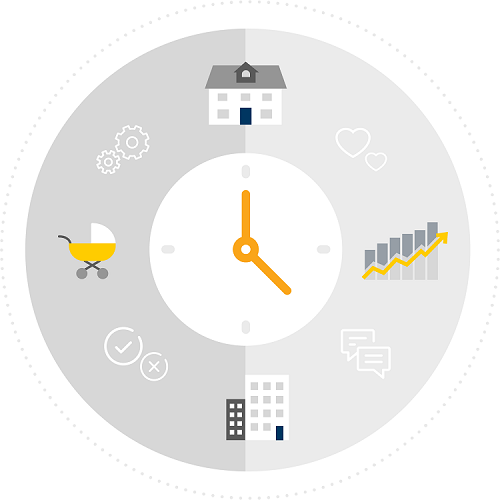Parental leave is an employee benefit received when an employee or an employee's partner gives birth (including stillbirth, surrogacy and adoption). This benefit can take the form of paid leave or unpaid leave. According to 2023-24 WGEA data, 68% of employers offer access to paid parental leave (either to both women and men or to women only), in addition to the government scheme. In Australia, some organisations are moving towards universally available parental leave policies, offering equal parental leave for all parents, irrespective of gender. Men account for 17% of all primary carer leave taken.
Parental leave policies are a major feature of family polices in OECD countries. However, the share of men using parental leave remains low.
Parental leave policies are designed to support and protect working parents around the time of childbirth or adoption of a child and when children are young. The availability of paid parental leave for each parent fosters a more equal division of unpaid care and paid work, improving the family work-life balance.
Australia’s combined approach to parental leave provides some flexibility about when leave can be used. If available, fathers/partners tend to take employer paid parental leave, rather than government funded parental leave.
Read more about how you can advance paid parental leave and flexibility in the workplace.
External resources
This factsheet from the National Women's Law centre provides a useful overview of research that demonstrates a positive business impact associated with workplace flexibility.
